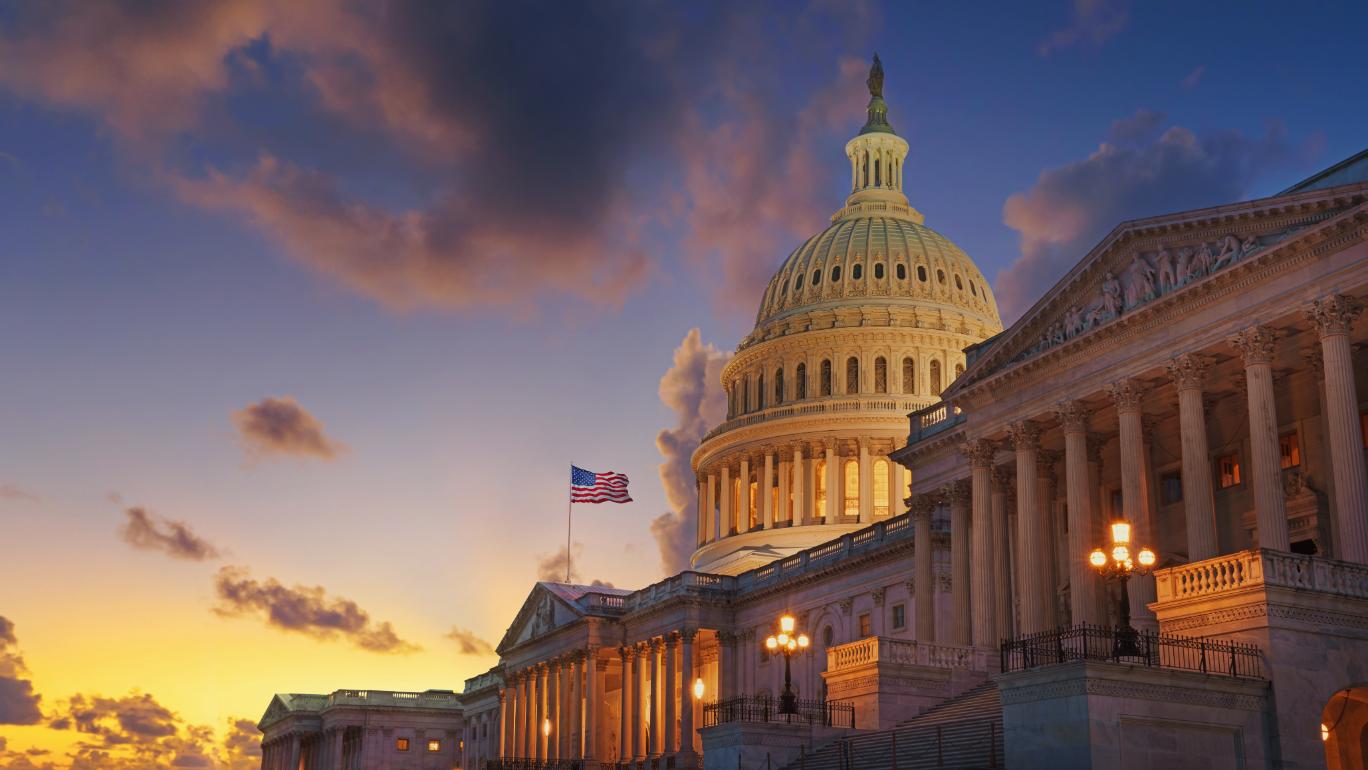Senators Introduce Federal Improvement in Technology Procurement Act to Streamline the Acquisition Process
Government Business Development | Technology | 4 Min Read
Two U.S. Senators recently introduced a bipartisan bill to cut through some of the red tape of the procurement process and make it more accessible for agencies and contractors. Sen. Gary Peters (D-MI), Chairman of the Homeland Security and Governmental Affairs Committee, and Ted Cruz (R-TX), jointly introduced this legislation titled the Federal Improvement in Technology Procurement Act, or FIT Act for short.
The purpose behind this bill is to remove acquisition obstacles, increase contract competition, and provide additional opportunities for businesses to enter the world of government contracting. In this blog, we’ll cover what the FIT Act is and what it could mean for contractors in the future if the bill is passed.
Why Was the Federal Improvement in Technology (FIT) Procurement Act Created?
It’s no secret that anything to do with the government is a slow and drawn-out process. However, legislators have been working to improve upon certain key processes like procurement for the past 80+ years. The very existence of the General Services Administration (GSA) was based off streamlining the administrative work of the federal government and making procurement easier.
So, what does the Federal Improvement in Technology (FIT) Procurement Act aim to solve? There has been a decreasing number of government contractors over the past several years, especially small businesses. This is due to several reasons, but the main ones are barriers to entry, a decline in competition, and having to drive costs down too low.
The FIT Act wants to overcome current hurdles and give agencies a little more flexibility and authority when it comes to acquisition. The current acquisition process can be quite lengthy, especially when it comes to the government purchasing cutting edge technology.
For example, part of the proposed solution in this bill is to give agencies the ability to make advance payments to acquire cloud computing, data center solutions and other technology purchased on a subscription. Let’s dive into some of the other proposed solutions below.
Proposed Changes in the Federal Improvement in Technology (FIT) Procurement Act
This legislation outlines quite a few major proposed solutions including doubling the Simplified Acquisition Threshold (SAT) from $250,000 to $500,000. If this bill passes, this could have a major impact on procurement. Think about it—right now, if a federal agency is trying to purchase a major Enterprise Resource Planning (ERP) System subscription that costs $300,000 they have to go through all the major hoops of conducting market research, drafting a solicitation, reviewing awards, etc. and that price isn’t so outrageous anymore for software solutions. This could streamline the process for obtaining cloud and other tech solutions by a large margin.
Another proposed change that removes barriers is expanding the past performance requirements in government contracts, so it requires guidance for agencies to consider non-federal work. This would greatly impact businesses not yet in the federal space, or companies with emerging technology that hasn’t been bought by the federal government yet.
Direct GSA Multiple Award Schedule Impacts
Since the GSA Multiple Award Schedules (MAS) program is one of the most popular and widely used contract vehicles in the federal government, it makes sense that a part of the FIT Act addresses it.
In the bill it states, “Congress finds that the competition standard established by the Administrator of General Services for the multiple award schedule program of the General Services Administration should be updated and made consistent with the competition standard for other procurement methods, such as simplified acquisitions and negotiated procurements.”
To remedy this, the bill proposes buyers who use the MAS program to take a more “best value” approach and not prioritize low cost when awarding acquisitions. This could mean a shift in the way products and services are evaluated and considered “fair and reasonable” in GSA Schedule contracts.
A Special Procurement Authority
You may be wondering—how are some of the proposed changes and flexibilities going to be accomplished in the current set of rules? The FIT Act also proposes making a special procurement authority outside the Federal Acquisition Regulation (FAR), titled the commercial solutions opening authority. This authority would be spearheaded by the Office of Management and Budget (OMB), and each agency would issue guidance on the implementation with the consultation of the OMB.
Keeping up with Government Contracting Updates
This proposed legislation is one of a lot of changes in the works whether it’s in the early stages like the FIT Act, or working on being a final rule like the CMMC proposed rule. Objectively, it can be overwhelming to keep up with updates and incorporate them into your contract, especially if it’s the latest Solicitation Refresh, or a significant change like the ones proposed in the FIT Act. To stay in the loop, you can subscribe to our monthly newsletter with government contracting news/insights, and our weekly blog recap. If you have questions about your GSA Schedule, or want to learn more about getting one, our consultants are here to help.






